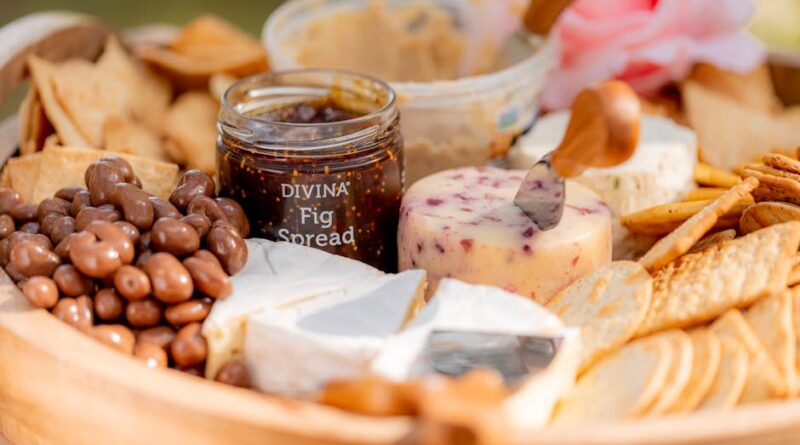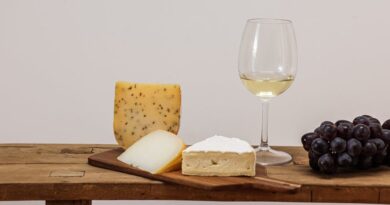Mastering the Art of Charcuterie: A Comprehensive Guide to Creating the Perfect Charcuterie Board
Charcuterie boards have become a staple at gatherings, parties, and even as a casual snack at home. The art of charcuterie, the French term for preserved meat, has evolved into an elaborate display of meats, cheeses, fruits, nuts, and more, carefully curated to create a harmonious blend of flavors and textures. But what goes into creating the perfect charcuterie board? How do you choose the right ingredients, arrange them aesthetically, and impress your guests with a stunning display?
In this comprehensive guide, we will delve into the world of charcuterie boards, exploring the history, the art of pairing flavors, the presentation techniques, and everything you need to know to create a charcuterie board that will wow your guests. So, let’s embark on this delicious journey together and uncover the secrets to crafting the perfect charcuterie board.
The History of Charcuterie: A Culinary Tradition

Before we dive into the intricacies of creating a charcuterie board, let’s take a step back in time and explore the rich history of charcuterie. The art of charcuterie dates back centuries, originating in Europe as a way to preserve meat before the invention of refrigeration. What started as a necessity to prevent food spoilage has evolved into a culinary tradition celebrated for its flavors and textures.
Charcuterie encompasses a wide array of preserved meats, including sausages, pts, terrines, and cured meats like prosciutto, salami, and chorizo. Each region in Europe has its own unique charcuterie traditions, from the smoky sausages of Germany to the delicate pts of France. Over time, charcuterie has transcended its humble origins and become a symbol of sophistication and gastronomic delight.
When creating a charcuterie board, it’s essential to pay homage to this rich history and tradition. Selecting high-quality, artisanal meats and cheeses is key to capturing the essence of charcuterie and delighting your taste buds with complex flavors and textures.
Choosing the Right Ingredients: The Building Blocks of a Perfect Charcuterie Board
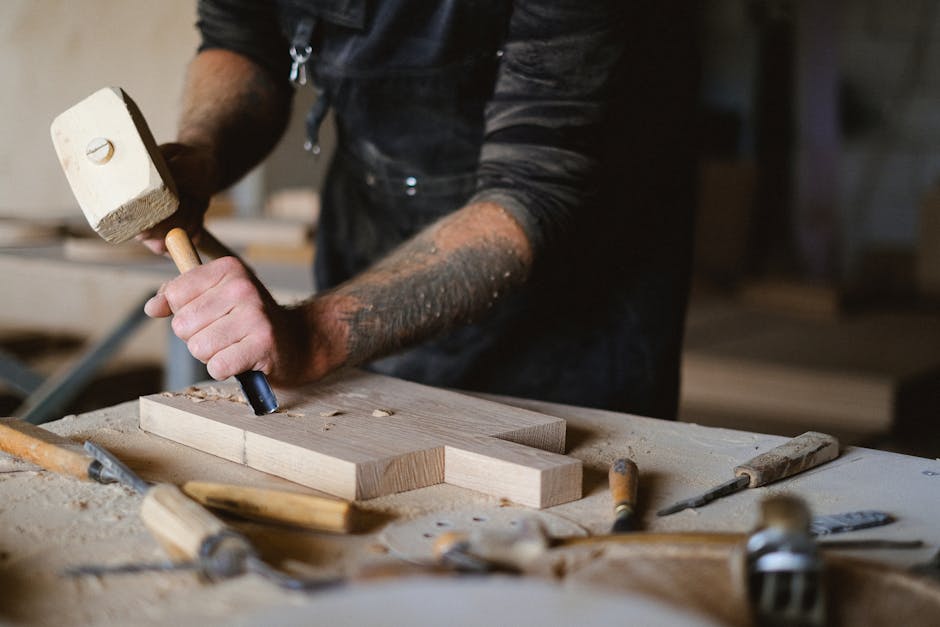
At the heart of every charcuterie board are the ingredients – the meats, cheeses, fruits, nuts, and condiments that come together to create a symphony of flavors. When selecting ingredients for your charcuterie board, it’s essential to consider a variety of factors, including flavor profiles, textures, and colors. Here are some key components to consider:
Meats:
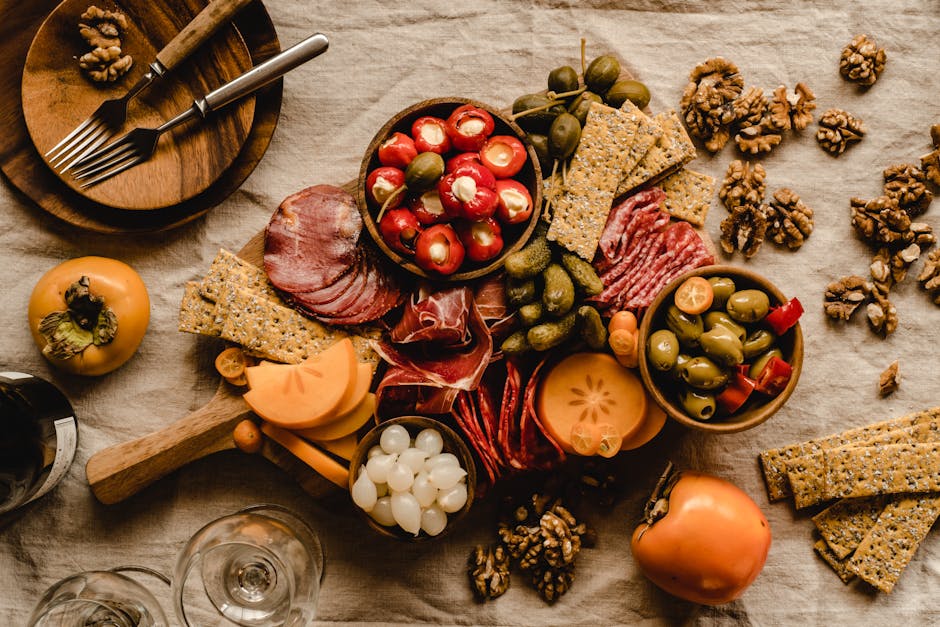
When it comes to meats, variety is key. Consider including a mix of cured meats like prosciutto, salami, and chorizo, as well as pts and terrines for a diverse selection. Opt for high-quality, artisanal meats that showcase the craftsmanship and flavor nuances of traditional charcuterie.
Cheeses:
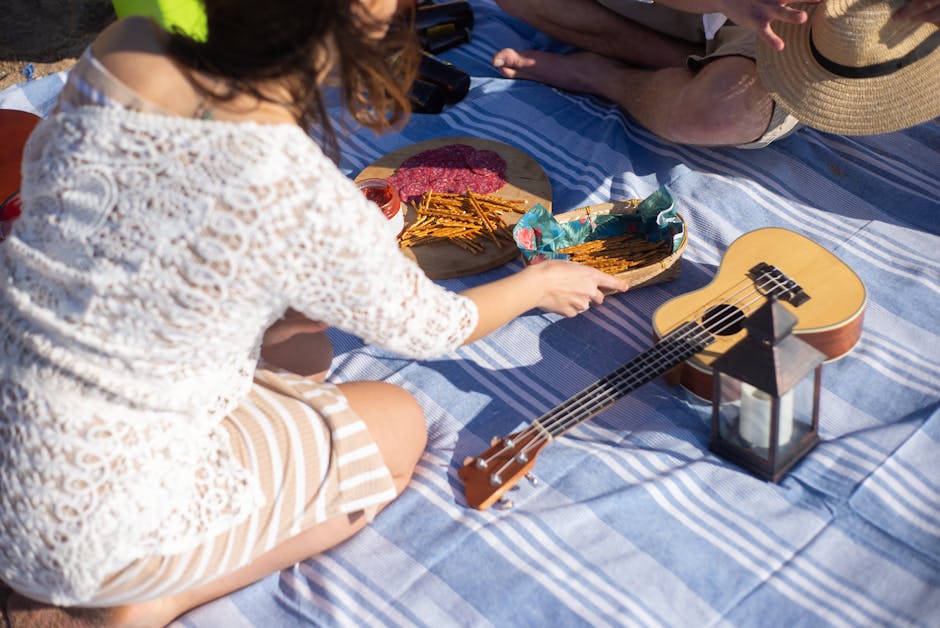
Cheese plays a crucial role in balancing the flavors of the meats and adding a creamy, rich element to the charcuterie board. Choose a mix of soft, semi-soft, and hard cheeses to create a dynamic range of flavors and textures. Some popular choices include brie, gouda, cheddar, and blue cheese.
Fruits and Nuts:
Adding fresh fruits and nuts to your charcuterie board not only provides a refreshing contrast to the savory meats and cheeses but also enhances the visual appeal of the display. Consider including a variety of fruits like grapes, figs, and apples, as well as nuts like almonds, walnuts, and pistachios.
Condiments:
Condiments are the finishing touch that elevates a charcuterie board from good to great. Include a selection of mustards, jams, chutneys, and honey to complement the flavors of the meats and cheeses. Consider adding some olives, pickles, or cornichons for a touch of acidity and crunch.
When selecting ingredients for your charcuterie board, it’s essential to consider the balance of flavors, textures, and colors. Aim for a mix of salty, sweet, tangy, and savory elements to create a well-rounded and visually appealing display that will tantalize your taste buds.
Arranging Your Charcuterie Board: The Art of Presentation
Once you’ve gathered all your ingredients, it’s time to get creative and arrange them on your charcuterie board. The presentation of your charcuterie board is just as important as the quality of the ingredients, as it sets the stage for a memorable dining experience. Here are some tips for creating a visually stunning charcuterie board:
Start with a Variety of Shapes and Textures:
When arranging your meats, cheeses, fruits, and nuts, aim for a mix of shapes and textures to create visual interest. Arrange slices of cured meats in folds or rolls, crumble soft cheeses, and pile fruits and nuts in small clusters for an artistic display.
Use Different Heights and Levels:
Adding height and depth to your charcuterie board can make it more visually appealing and showcase the different ingredients. Use small bowls or ramekins to elevate certain items, stack slices of cheese, or prop up fruits with toothpicks to create dimension.
Consider Color and Contrast:
Color is a powerful tool in creating an eye-catching charcuterie board. Aim for a mix of vibrant colors like red, green, yellow, and purple to add visual interest. Contrast dark meats with light cheeses, and arrange colorful fruits and nuts strategically to create a visually appealing display.
Leave Space for Breathing Room:
While it can be tempting to pack your charcuterie board with ingredients, it’s essential to leave some space between items to allow for easy access and prevent overcrowding. A well-arranged charcuterie board should look abundant and inviting, with enough space for guests to pick and choose their favorite bites.
By paying attention to the presentation of your charcuterie board and incorporating these tips, you can create a visually stunning display that will impress your guests and elevate your dining experience.
Pairing Flavors: Creating Harmony on Your Charcuterie Board
One of the most exciting aspects of creating a charcuterie board is experimenting with flavor pairings and combinations. The art of pairing flavors involves finding complementary or contrasting elements that enhance the overall taste experience. Here are some tips for creating harmony on your charcuterie board:
Sweet and Salty:
Pairing sweet and salty flavors can create a delightful contrast that tantalizes the taste buds. Try pairing salty cured meats like prosciutto with sweet fruits like figs or dates, or salty cheeses with honey or jam for a playful mix of flavors.
Rich and Tangy:
Balancing rich, creamy cheeses with tangy or acidic condiments can create a harmonious combination that cuts through the richness and adds complexity to the flavors. Consider pairing creamy brie with tangy mustard or chutney, or blue cheese with pickles or olives for a dynamic contrast.
Spicy and Savory:
Adding a touch of heat to your charcuterie board can elevate the flavors and add a kick of excitement. Pair spicy cured meats like chorizo with sharp cheeses like cheddar, or add a spicy mustard or hot sauce to complement the meats and cheeses.
Experimenting with Flavor Profiles:
Don’t be afraid to get creative and experiment with different flavor profiles on your charcuterie board. Mix and match different ingredients to discover unique and unexpected combinations that surprise and delight your guests. Consider incorporating international flavors, seasonal ingredients, or artisanal products to add a personal touch to your charcuterie board.
By exploring the art of pairing flavors and experimenting with different combinations, you can create a charcuterie board that is not only visually stunning but also bursting with complex and harmonious flavors that will leave a lasting impression on your guests.
Common Misconceptions About Charcuterie Boards
Despite their popularity, charcuterie boards are often surrounded by misconceptions and myths. Let’s debunk some common misconceptions about charcuterie boards:
Misconception 1: Charcuterie Boards Are Expensive
While it’s true that high-quality artisanal meats and cheeses can be pricey, creating a charcuterie board doesn’t have to break the bank. You can opt for budget-friendly options like store-bought cured meats and cheeses, or shop for seasonal fruits and nuts to keep costs down. With a little creativity and resourcefulness, you can create a beautiful charcuterie board on a budget.
Misconception 2: Charcuterie Boards Are Only for Special Occasions
While charcuterie boards are often associated with fancy cocktail parties or celebrations, they can also be enjoyed on casual weeknights or lazy weekends at home. A simple charcuterie board with a few meats, cheeses, and condiments can make for a delicious and satisfying snack or light meal that requires minimal effort but delivers maximum flavor.
Comparative Analysis: Traditional vs. Modern Charcuterie Boards
Traditional charcuterie boards have a long history and are rooted in European culinary traditions, featuring classic combinations of cured meats, cheeses, fruits, and nuts. These boards focus on showcasing the craftsmanship and flavors of traditional charcuterie, with an emphasis on quality and authenticity.
In contrast, modern charcuterie boards embrace innovation and creativity, incorporating a wide range of ingredients, flavors, and textures to create unique and visually stunning displays. Modern charcuterie boards often feature international influences, seasonal ingredients, and unconventional pairings, pushing the boundaries of traditional charcuterie and appealing to a diverse range of palates.
Whether you prefer a classic charcuterie board that pays homage to tradition or a modern interpretation that pushes the boundaries of flavor and presentation, there is no right or wrong way to create a charcuterie board. The key is to have fun, experiment with different ingredients, and create a board that reflects your personal taste and style.
Conclusion: Elevate Your Culinary Experience with a Perfect Charcuterie Board
Creating the perfect charcuterie board is a labor of love that combines artistry, creativity, and culinary skill. By selecting high-quality ingredients, paying attention to presentation, experimenting with flavor pairings, and debunking common misconceptions, you can create a charcuterie board that delights the senses and impresses your guests.
Whether you’re hosting a dinner party, celebrating a special occasion, or simply craving a delicious snack, a well-crafted charcuterie board is sure to elevate your culinary experience and leave a lasting impression. So, gather your favorite meats, cheeses, fruits, and condiments, channel your inner chef, and embark on a flavorful journey that celebrates the art of charcuterie.

